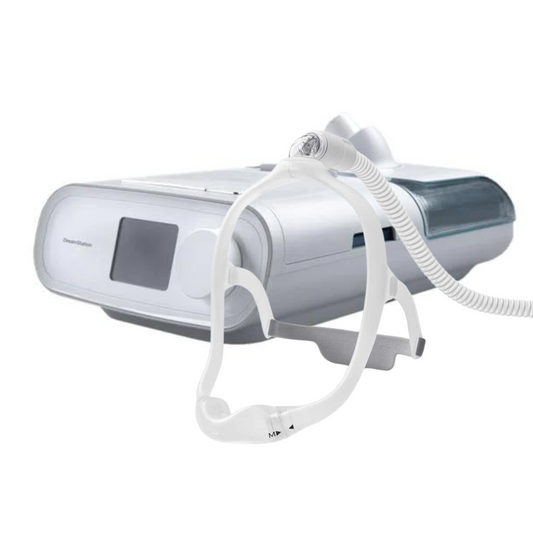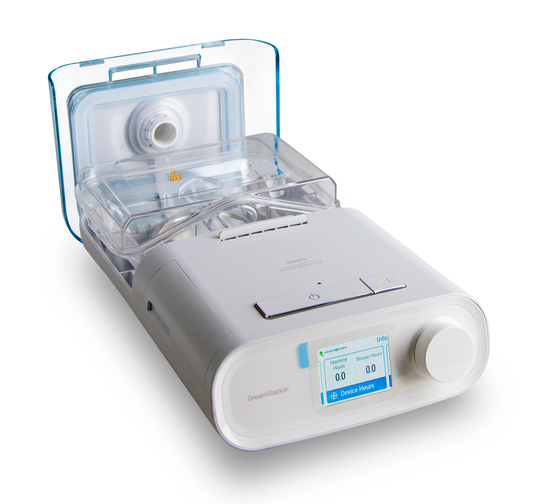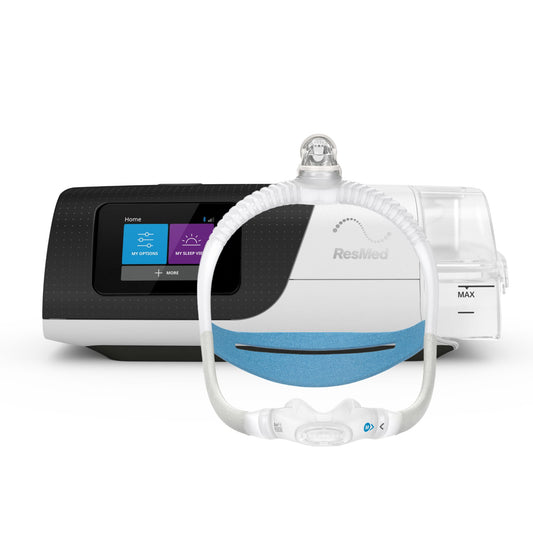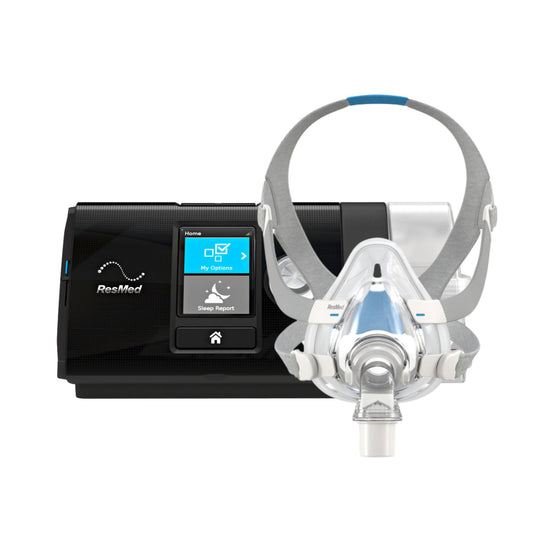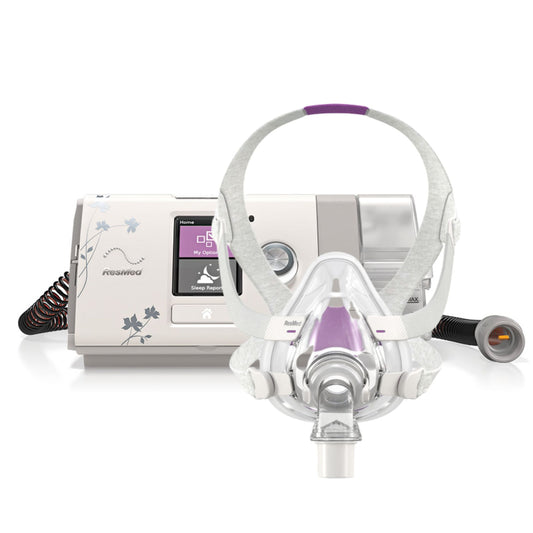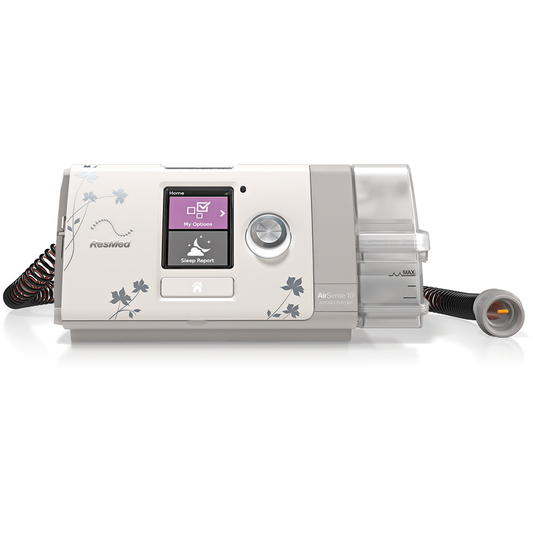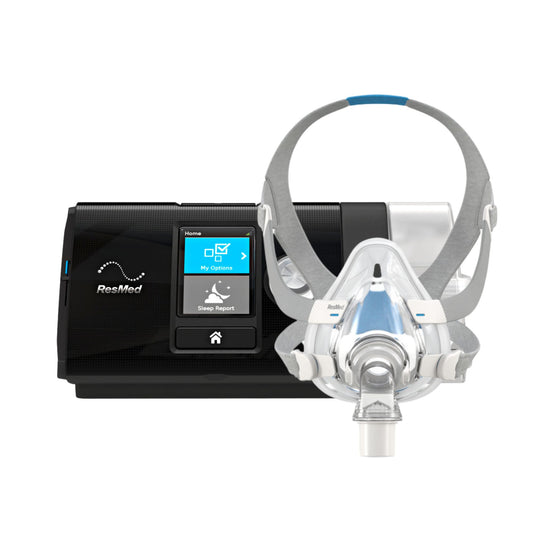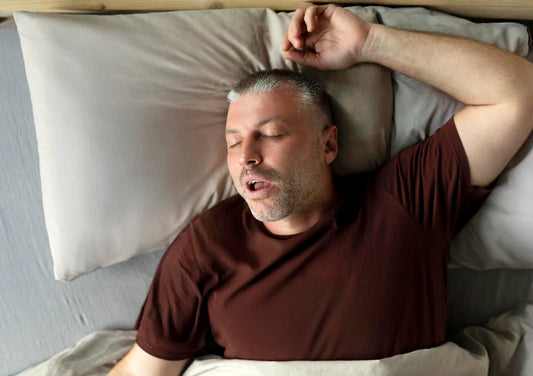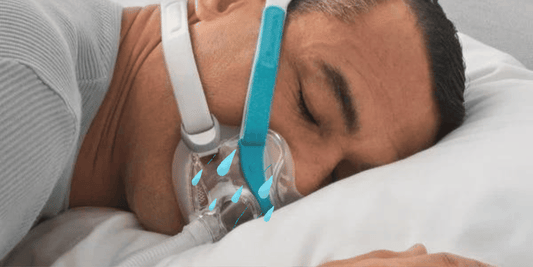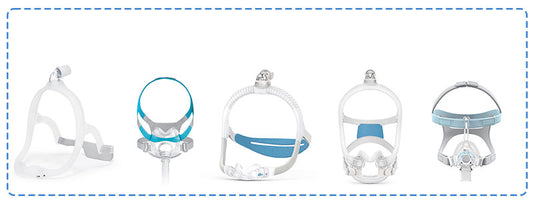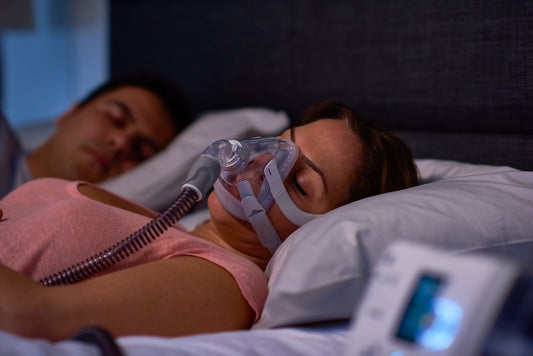Obstructive sleep apnoea or OSA is a sleeping disorder that causes a person to stop and start breathing countless times while sleeping. It is not a communicable disease passed on from one random person to another, or a hereditary disease that is passed on from a parent to child.
After studies done by sleep researchers and scientists, OSA can be due to several one’s medical and physical conditions. A person may develop OSA due to his weight, gender, age, and even ethnicity. There are 12 known causes of OSA.
Genetics
Genetic factor in this sense refers the physical aspect of a person. There is evidence that enlargement in the upper airway structures such as the lateral pharyngeal walls, soft palate and tongue, may lead to the development of obstructive sleep apnoea. Changes in the craniofacial structures including muscle tone, as well as alteration to the fat distribution in a person may cause mild to severe obstructive sleep apnoea.
Abnormal Neck & Head Soft Tissues
People with the following craniofacial features have a higher rate of developing sleep apnoea. Some of these anomalies are:

- Small jaw
- Narrow hard palate
- Large or long tongue
- Large adenoids and tonsils
- Backward displacement of the mandible
- Allergic rhinitis and other nasal abnormalities
Neck Size
People with larger than average neck size are more likely to acquire sleep apnoea. Men with 17 inches diameter neck size or more, and women with 16 inches plus diameter neck size are more likely to develop obstructive sleep apnoea. There is also an indication that waist/hip ratio is a risk factor for sleep apnoea.
Body Mass Index
A significant number of obese people snore. Research indicates that one of the leading causes of obstructive sleep apnoea is obesity. Scientific studies show that overweight people with 25 to 29 BMI, and obese individuals with a BMI of 30+, are more likely to develop OSA. Studies show that obesity and weight gain increase the progression rate of sleep apnoea. A 10% weight gain increase the apnoea hypopnoea index by 32%. Thus, even moderately overweight people may develop sleep apnoea.
Gender
Recent studies indicate that men are 2 to 3 times more likely to develop OSA than women. However, this difference decreases when women hit menopause. The higher risk for men may be attributed to hormones and the distribution of body. It is a fact that men have a more central fat distribution, the neck included, which narrows and blocks the upper airway.
Aging
Research shows that more than 62% of people over 65 years old have exhibited at least 10 apnoea episodes per hour. It is therefore safe to conclude that older people have an increased risk of getting sleep disorder. Bases on population studies, OSA Is prevalent in older people, with the disorder peaking at ages between 50-60.
Post-menopause
Women who are post-menopausal have 3.5 higher risk of developing OSA than pre-menstrual women. Hormone replacement therapy may greatly lessen the risk of OSA for women who are in the post-menstrual stage. However, hormone therapy has been observed to increase the risk of developing cancer of the uterus and breast, and cardiovascular disease.
Disorders of the Endocrine Gland
Hypothyroidism has been linked to the development of central and obstructive sleep apnoea. This could be due from the damage of the muscle function.
Acromegaly is a chronic disease that is manifested by the enlargement of the face, jaw and extremities. It has been studied that patients afflicted with acromegaly have sleep apnoea, due to the narrowing of the airway and enlarged tongue.
Macroglossia is a term used for an abnormally large tongue. Not only will an enlarge tongue cause difficulty in speaking, swallowing and eating. It will also cause problem when sleeping.
Race and Ethnicity
Studies indicate that African-Americans are 2.5 times more likely to develop obstructive sleep apnoea than Caucasians and Asians. Pacific-Islanders and Hispanics are more inclined to have OSA than Asians and Caucasians.
Medications
Drugs such as morphine, zolpidem and flrazepam may increase the risk of airway collapse. These drugs are best left alone, unless recommended by a licensed doctor.
Cigarette Smoking and Alcohol
It is a fact that the amount of oxygen in one’s blood is greatly reduced by smoking while alcohol greatly relaxes the upper airway muscle which could lead to partial or full block of the airway. Another disorder linked with drinking too much alcohol is called the Upper Airway Resistance Syndrome.
CPAP Victoria can help you with OSA. We have the expertise to diagnose and offer advice and treatment for your sleeping disorder.
Give us a call on 1300 750 006 or pop into one of our CPAP clinics Victoria – we are conveniently located in 13 different locations around Victoria and Melbourne
